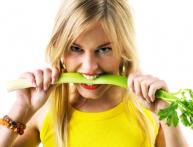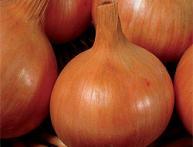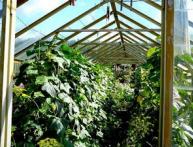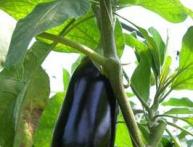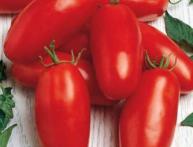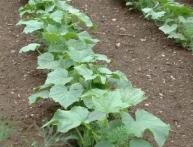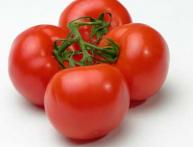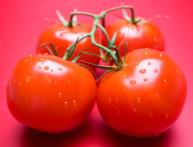Do tomato seedlings need feeding?
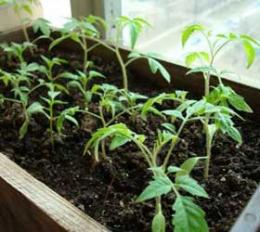
Feeding tomato seedlings is advisable when the appearance of the seedlings begins to change, but if the seedlings have good thick dark green leaves, with healthy stems, then feeding can only do harm, for example: excess nitrogen leads to the development of foliage, but in no way, no fruits, and young leaves will begin to curl and lose their beauty.
The same applies to calcium and potassium, plants consume very little of them and their deficiency can only appear when the seedlings “live” for a long time in a small pot and are watered with sterile water. In fact, there is no need to feed the seedlings (although the opinions of gardeners, of course, differ on this matter), the main feeding should begin when the plant is transplanted into open ground or a greenhouse, then various deficiencies of microelements may appear.
If you use a special soil mixture made for this purpose for seedlings, then feeding the seedlings is definitely not needed; an excess of fertilizers will only lead to negative consequences. Seedlings should be stored in a bright, cool, well-ventilated room, watered regularly, but not overwatered, and planted when needed.
When do you need to fertilize tomato seedlings?
- lack of nitrogen. The plant is stunted, the leaves turn yellow and become late, and this applies to the lower leaves, since the plant transfers the necessary nitrogen to the upper leaves;
- lack of phosphorus. A distinctive feature is the purple color of the veins, stem and underside of the leaf;
- iron deficiency.It manifests itself as chlorosis: drying of the top, yellowing of the leaves, death of the roots.
If fertilizing is necessary, then you need to use a complex fertilizer or fertilizer for tomatoes and not exceed the recommended dose.

